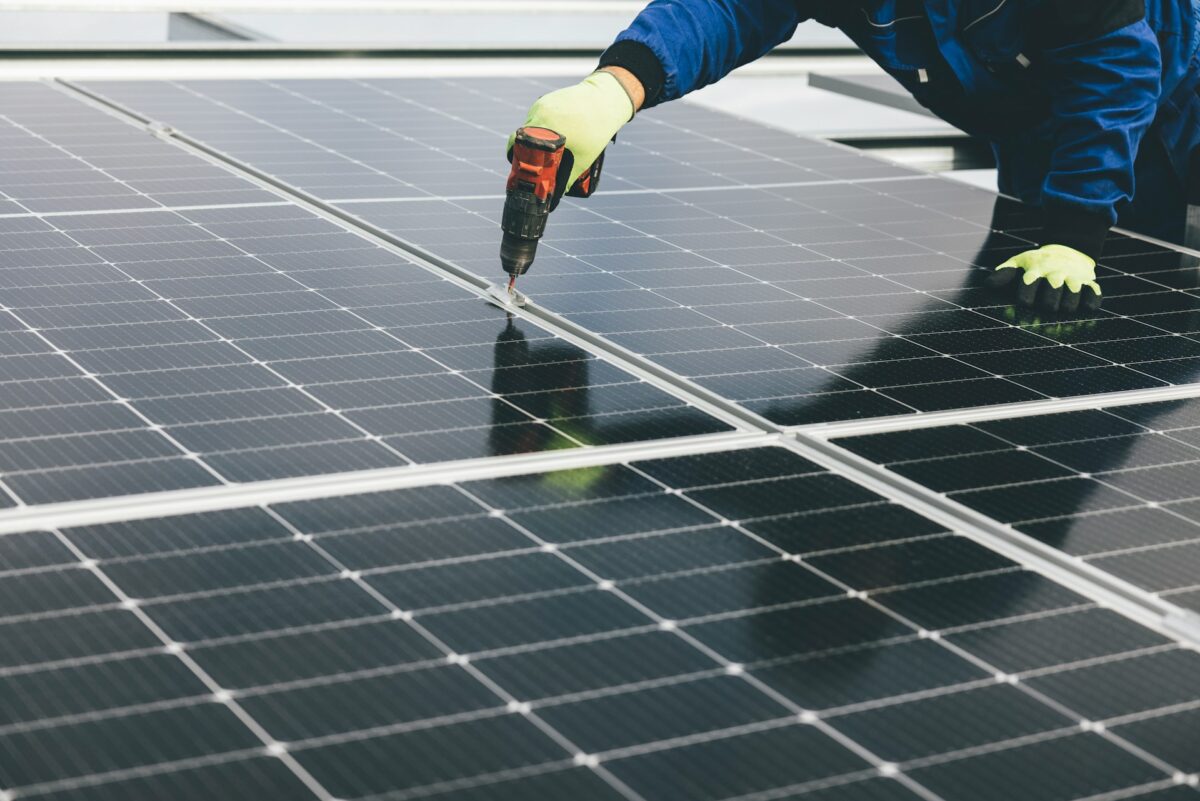Members of European Parliament (MEPs) have adopted the EU Solar Standard, which will require the installation of solar on buildings across EU member states.
The standard forms part of the European Performance of Buildings Directive, which was provisionally agreed upon in December. The directive was formally approved by MEPs on Monday, with 370 votes to 199 plus 46 abstentions, and will now have to be formally endorsed by the Council of Ministers to become law.
The legislation says that if technically and economically suitable, EU member states will have to deploy solar installations progressively in public and non-residential buildings, depending on their size.
It sets a timeline of integrating solar installations into building works of new commercial and public buildings by 2026, on commercial and public buildings that undergo relevant renovations by 2027, on new residential buildings by 2029 and on existing public buildings by 2030.
Agricultural and historic buildings can be excluded, while EU member states can decide to exclude buildings for their special architectural or historical merit, temporary buildings, and churches and places of worship.
The directive is aiming to help reduce energy consumption and greenhouse-gas emissions in the EU’s building sector, as it works towards climate neutrality by 2050. According to the European Commission, buildings in the EU are responsible for 40% of the area's energy consumption and 36% of its greenhouse gas emissions.
Jan Osenberg, Senior Policy Advisor at SolarPower Europe said the EU Solar Standard “puts the power in citizens’ hands and will enshrine the energy transition into the places where we sleep, work, and live”.
“As the grid catches up to the energy transition, installing energy generation where we use energy will also help the grid, by keeping electricity local and empowering citizens with the information and technical ability to use electricity smartly,” he explained. “They can see when they are generating more electricity and can adjust their consumption accordingly.”
Osenberg added that the law must be translated into reality with “effective integration into construction practices and building requirements”. He said exemptions, support measures and system design criteria will all have to be defined.
European countries including France, Belgium, the Netherlands, Switzerland, Italy, Austria and Germany already have similar measures in place, which Osenberg says ministers and stakeholders can use to draw upon the best practices.
A SolarPower Europe report, published at the end of last year, put the European Union's total installed solar capacity at 263 GW, after 56 GW of solar was deployed in 2023, a 27% year-on-year increase.
The report also forecast 73.8 GW to be installed in 2025, followed by 84.2 GW in 2026 and 93.1 GW in 2027.
This content is protected by copyright and may not be reused. If you want to cooperate with us and would like to reuse some of our content, please contact: editors@pv-magazine.com.




10 comments
By submitting this form you agree to pv magazine using your data for the purposes of publishing your comment.
Your personal data will only be disclosed or otherwise transmitted to third parties for the purposes of spam filtering or if this is necessary for technical maintenance of the website. Any other transfer to third parties will not take place unless this is justified on the basis of applicable data protection regulations or if pv magazine is legally obliged to do so.
You may revoke this consent at any time with effect for the future, in which case your personal data will be deleted immediately. Otherwise, your data will be deleted if pv magazine has processed your request or the purpose of data storage is fulfilled.
Further information on data privacy can be found in our Data Protection Policy.